
In the structure, the number of the functional groups present is:
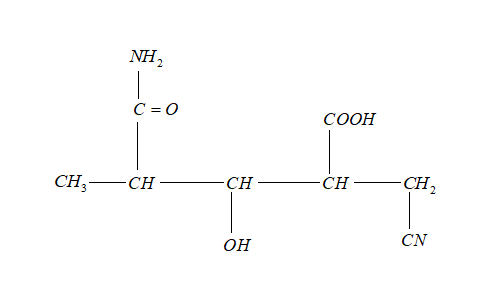
(A) 2
(B) 4
(C) 5
(D) 3

Answer
563.7k+ views
Hint: Functional group is a part of an organic compound, where the reaction takes place. The classification of organic compounds according to functional groups is very helpful to predict the behavior of organic compounds.
Complete step by step solution:
The properties of organic compounds can be predicted based on the functional group present in it. Functional group is a part on which the reaction takes place in an organic compound.
Main functional group are mentioned as follows:
With reference to above information let’s spot the functional groups in the molecule:

Therefore, there are four functional groups,
1. Amide
2. Carboxylic acid
3. Alcohol
4. Nitriles
Thus, option B is the correct answer.
Note: Classification of organic compounds according to functional groups is very helpful for predicting the behaviors of large numbers of organic compounds. Depending upon the structure and molecules associated, the chemical and physical properties vary.
Complete step by step solution:
The properties of organic compounds can be predicted based on the functional group present in it. Functional group is a part on which the reaction takes place in an organic compound.
Main functional group are mentioned as follows:
| S.No | Functional group | Family |
| 1. | 
| Alkane (${C_n}{H_{2n - 2}}$ ) |
| 2. | 
| Alkene (${C_n}{H_{2n}}$) |
| 3. | 
| Alkynes (${C_n}{H_{2n - 2}}$) |
| 4. | –OH | Alcohol (ROH) |
| 5. | –O- | Ethers (ROR) |
| 6. | 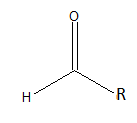
| Aldehyde (RCOOH) |
| 7. | 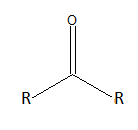
| Ketone (RCOOR) |
| 8. | 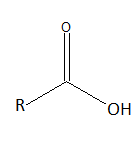
| Carboxylic acid (RCOOH) |
| 9. | -\[N{H_2}\] | Amines |
| 10. | –CN | Nitriles |
| 11. | 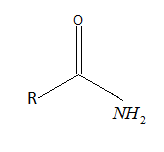
| Amide ($RCON{H_2}$) |
With reference to above information let’s spot the functional groups in the molecule:

Therefore, there are four functional groups,
1. Amide
2. Carboxylic acid
3. Alcohol
4. Nitriles
Thus, option B is the correct answer.
Note: Classification of organic compounds according to functional groups is very helpful for predicting the behaviors of large numbers of organic compounds. Depending upon the structure and molecules associated, the chemical and physical properties vary.
Recently Updated Pages
A man running at a speed 5 ms is viewed in the side class 12 physics CBSE

The number of solutions in x in 02pi for which sqrt class 12 maths CBSE

State and explain Hardy Weinbergs Principle class 12 biology CBSE

Write any two methods of preparation of phenol Give class 12 chemistry CBSE

Which of the following statements is wrong a Amnion class 12 biology CBSE

Differentiate between action potential and resting class 12 biology CBSE

Trending doubts
What are the major means of transport Explain each class 12 social science CBSE

Which are the Top 10 Largest Countries of the World?

Draw a labelled sketch of the human eye class 12 physics CBSE

How much time does it take to bleed after eating p class 12 biology CBSE

Explain sex determination in humans with line diag class 12 biology CBSE

Explain sex determination in humans with the help of class 12 biology CBSE




